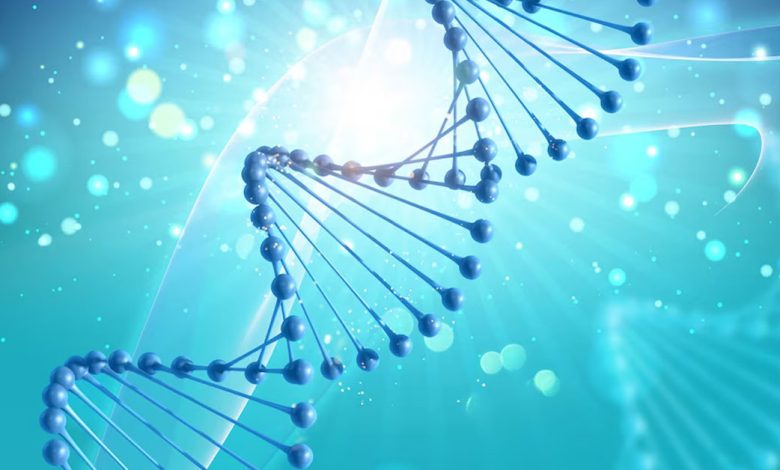Daily Current Affairs for UPSC
Pan Genome Reference Map
Syllabus- Science and Technology [GS Paper-3]

Context- A Pangenome Reference Map was described in a new study that was recently published in the Nature journal. The map was constructed using the genomes of 47 anonymous individuals, 19 men and 28 women, mostly from Africa but also from the Caribbean, Americas, East Asia, and Europe.
What is a Reference Genome?
-
- A reference genome or reference map resembles a standard guide that researchers use when they group and concentrate new genomes. It provides a guide for comparing and comprehending the distinctions between the reference genome and the newly sequenced genome.
- Significance:
-
-
- A significant scientific achievement was the 2001 creation of the first reference genome. It assisted researchers with finding infection related qualities, comprehend genetic aspects of diseases like cancer, and foster new indicative tests. However, it had limitations and wasn’t that perfect.
-
- Drawback:
-
- It was mainly based on the genome of one individual with mixed African and European ancestry, and there were some gaps and errors in that.
- Even though the new reference genome, or Pangenome, is complete and error-free, it still doesn’t show all of human genetics’ diversity.
How does a pangenome map work?
- Pangenome Map
-
-
- The pangenome, in contrast to the previous linear reference genome, is addressed in a graph. Imagine the pangenome as a bamboo stem with nodes for each chromosome.
- These nodes represent the 47 individuals’ identical sequence stretches. The length of the internodes between the nodes is variable, and they represent genetic differences between people of different ancestries.
- Researchers utilized a technique known as long-read DNA sequencing to produce precise, long DNA strands in order to create complete and continuous chromosome maps for the pangenome project.
-
- Relevance of the Pangenome Map:
-
-
- Even though two people share more than 99 percent of their DNA, there is still about 0.4 percent of a difference between them. Although it may appear insignificant, the difference is approximately 12.8 million nucleotides when taking into account the enormous size of the human genome (3.2 billion nucleotides).
- A comprehensive and precise pangenome map of the human genome can help people better understand these differences and how people are different.
- Additionally, it will aid in the investigation of genetic variants that contribute to underlying health issues.
- Even though the current map does not include Indian genomes, it will still be useful for comparing and mapping Indian genomes to the precise reference genomes that are already in place.
- High-quality Indian genomes from diverse and isolated populations within the country will be included in future pangenome maps, which will provide useful insights into disease prevalence, the discovery of new genes related to rare diseases, improved diagnostic methods, and the creation of novel drugs for these diseases.
-
- Drawbacks:
-
- However, the current pan genome map does not include populations from West Asia, Africa, the Indian subcontinent, indigenous groups in Asia and Oceania, or the Indian subcontinent.
- Is there any Genome Planning Drive in India?
- In April 2023, the public authority reported that it plans to sequence 10,000 genomes before the year’s over 2023 under the Genome India Task (GIP).
- The goal of the GIP is to build a database of Indian genomes so that researchers can learn about these special genetic variants and use the data to make personalized drugs and treatments.
- The United Kingdom, China, and the United States are among the nations that have projects to arrange somewhere around 1,00,000 of their genomes.
What is Genome?
- Genome:
-
-
- Life’s blueprint or instruction manual is the genome. It contains all of our chromosomes’ genes as well as the spaces between them.
- Our chromosomes are comprised of DNA (Deoxyribonucleic Corrosive), which is a long string made out of four structure blocks called nucleotides or bases (A, T, G, and C). These structure blocks are organized in various blends and repeated a large number of times to make 23 sets of chromosomes.
- Researchers are able to investigate numerous facets of human biology and health with the assistance of the genome, which provides useful information about our genetic makeup.
-
- Sequencing the genome:
-
- The technique known as genome sequencing is used to ascertain the precise order in which the four bases—A, T, G, and C—appear on chromosomes.
- Scientists can learn about human genetic diversity and how certain diseases might affect us by sequencing individual genomes.





.png)



